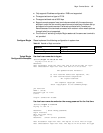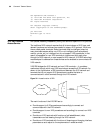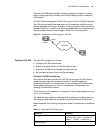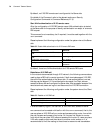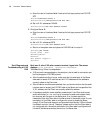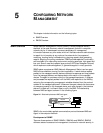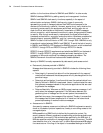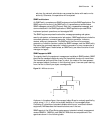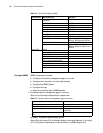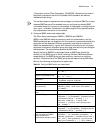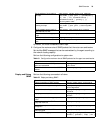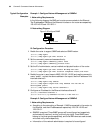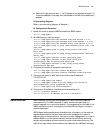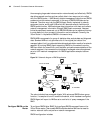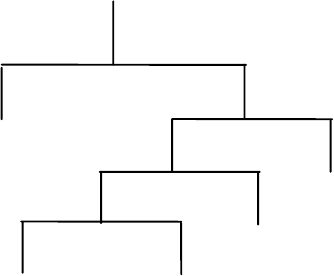
SNMP Overview 75
sub-tree, the network administrator can access the device with read or write
authority. Otherwise, the operations will be rejected.
SNMP architecture
An SNMP entity comprises one SNMP engine and multiple SNMP applications. The
SNMP engine is the core of the SNMP entity. It transceives and authenticates
SNMP messages, extracts PDU (Protocol Data Unit), reassembles messages, and
communicates with the SNMP applications. SNMP applications process PDUs,
implement protocol operations, and stores/gets MIB.
The SNMP engine comprises the scheduler, message processing sub-system,
security sub-system, and access control sub-system. SNMP applications include the
command generator, command responder, indication generator, indication
receiver, and proxy transponder. The SNMP entity that owns the command
generator or indication receiver is called the SNMP manager, and the SNMP entity
that owns the command responder, indication generator or proxy transponder is
called the SNMP agent. Nevertheless, an SNMP entity can have functions of both
manager and agent.
SNMP-supported MIB
To uniquely identify the equipment management variables in SNMP packets, SNMP
identifies the managed objects by using the hierarchical structure to name them.
The hierarchical structure is like a tree, in which, the nodes of the tree represent
the managed objects. As shown in the following figure, it can use a path starting
from the root to identify an object unambiguously.
Figure 35 MIB tree structure
As shown in the above figure, the managed object B can be uniquely specified by
a digit string {1.2.1.1}, which is the object identifier of the managed object.
Consisting of collections of standard variable definitions of monitored network
equipment, MIB describes the hierarchical structure of the tree
SNMP agents in the 3Com Router series support standard network management
versions SNMPv1, SNMPv2c, and SNMPv3. MIBs that are compatible with the
agents are shown in the following table.
A
2
6
1
5
2
1
1
2
1
B



